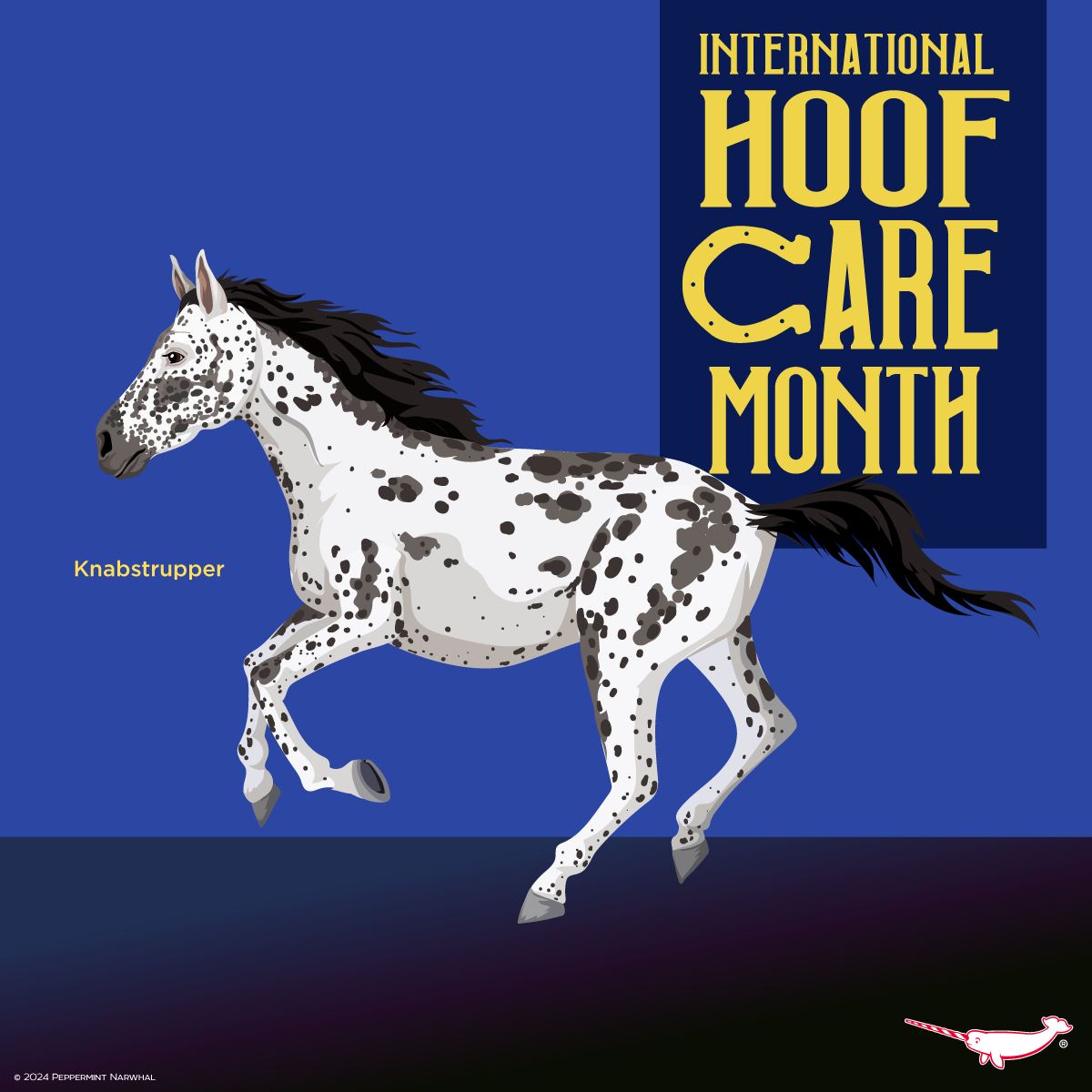– The importance of hoof care in maintaining horse health and performance
– Overview of Happy International Hoof Care Month and its objectives
– The role of professionals in hoof care, including farriers and veterinarians
– Real-world applications of hoof care practices
– Innovative trends and research in the field of equine podiatry
Hoof care is critical to horse health and performance, influencing the animal’s ability to move and work and its overall well-being. Horses, majestic and powerful, rely heavily on the strength and condition of their hooves for their daily activities, whether in the show ring, on the trail, or in the field. Thus, the dedication of an entire month to the celebration and education around proper hoof care, known as Happy International Hoof Care Month, underscores its significance.
Happy International Hoof Care Month serves as a beacon of awareness, drawing attention to the best practices, challenges, and advancements related to hoof health. It aims to educate horse owners, trainers, and enthusiasts about the essentials of regular hoof maintenance and the prevention of common issues such as cracks, infections, and lameness. The event encourages proactive engagement in hoof care routines by spotlighting the latest research and methodologies in equine podiatry.
The professional stewardship of hooves, guided by farriers and veterinarians, is paramount. Farriers specialize in the trimming and fitting of horseshoes, a skill that demands a deep understanding of equine anatomy and biomechanics, as well as blacksmithing. Regular visits from a knowledgeable farrier can prevent many hoof-related complications. Veterinarians play a crucial role in diagnosing and treating hoof diseases and injuries, often working alongside farriers to develop a comprehensive care plan. Together, these professionals form a vital support system for equine health.
In practice, effective hoof care is multifaceted, encompassing not only the mechanical maintenance of the hoof itself but also nutrition, environment, and workload management. Nutritional support is critical, as a balanced diet of essential nutrients helps develop strong hoof structures. The living conditions, including the quality of stable bedding and pasture management, directly impact hoof health by influencing moisture levels and exposure to potentially harmful agents. Moreover, attentive workload management ensures that horses are neither overworked nor standing idle for too long, both scenarios that can lead to hoof issues.
The field of equine podiatry is continually evolving, with ongoing research and technical innovation enhancing our understanding and capabilities. Advanced imaging techniques, such as MRI and CT scans, now assist in diagnosing complex hoof disorders with greater accuracy. Similarly, developing new materials for shoes and therapeutic devices provides customizable solutions for individual needs, improving recovery outcomes and performance.
Through the collective efforts initiated during Happy International Hoof Care Month, the spotlight shines brightly on the critical role of hoof care in equine health. This dedicated time fosters a broader appreciation and implementation of best practices in hoof care by elevating the level of knowledge and practice among horse owners and professionals alike. As enthusiasts and caretakers immerse themselves in seminars, workshops, and discussions, the shared insights contribute to a deeper understanding of the science and art behind effective hoof care.
In embracing the principles and advancements celebrated during Happy International Hoof Care Month, the equine community is better equipped to ensure the health and happiness of these remarkable animals. Pursuing excellence in hoof care with continuous learning and adaptation promises to uphold the legacy of strength and grace that defines the equine species.
*****
Source Description
Happy International Hoof Care Month!
Did You Know! – The Knabstrupper is best known for its spots, but many coat patterns occur, ranging from solid (without spots) to spotted and everything in between. This Danish breed of horse is primarily bred for riding. It is notable as the breed descends from a single mare instead of the many derived from stallions. In the late 19th and early 20th centuries, the breed almost died out due to population decline. It was saved when, in 1971, a breeder brought Appaloosa stallions to Denmark to add new “blood” into the breed’s lines. It only arrived in America in 2002. Today. It remains a beautiful but still rare and unusual breed of horse.
LAST DAY TO PLEDGE!
–
NEW collectible enamel pin series featuring the world’s only egg-laying mammals, the monotremes, including the platypus and the echidnas.
Pledge Now! – https://rb.gy/0lw7he
Search “Monotremes” or “Peppermint Narwhal” on Kickstarter.
CAMPAIGN ENDS TODAY! – Feb. 4, 2024.
Shop www.peppermintnarwhal.com


